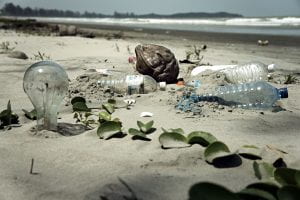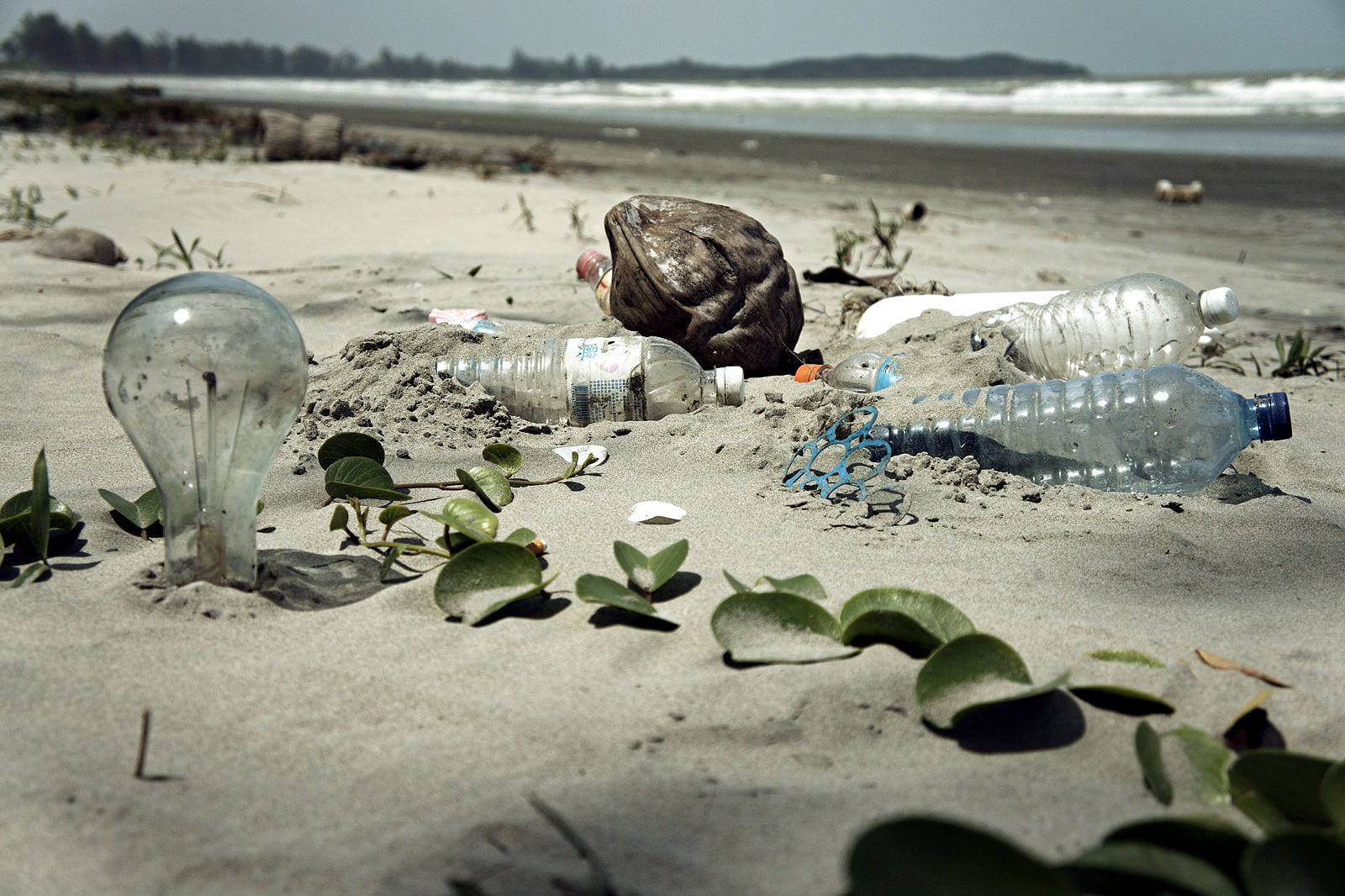
While the United States’ recycling numbers are nowhere near the highest, as a country, we continue to recycle more and more each year. Many people are able to send items for recycling from their home, which has made it easier for the average person to recycle. However, most people don’t know where their recycling is going after it leaves their house. Ideally, it goes to be sorted and then is sent to be recycled, but that is not always the case.
Before China’s foreign waste ban began in 2018, the United States sent over 70 percent of its plastic waste to China to be recycled, which China used to fuel its manufacturing sector. Because of the profit they made and their environmental regulations, they were able to cheaply take contaminated plastic and sort it. However, as China has moved away from manufacturing and sorting through contaminated plastic has become less profitable, they have less of a need for the recycling. Since they have stopped accepting foreign recyclables, recycling has become immensely harder for the countries who relied on China for a consistent way to affordably recycle plastic waste.
China bought so much of the United States’ recyclable waste that we never created the infrastructure to recycle all of the waste we create, so when China stopped accepting our recyclables, those in charge of recycling had to figure out where to send it. Much of this waste ends up in a landfill instead of going to a recycling plant.
Additionally, the Chinese recyclers needed to figure out what they were going to do after they would lose the majority of their business as well. Some liquidated their assets, hoping to make a final profit on decades of hard work, while others decided to take their services to other areas, often illegally. These illegal recyclers set up in countries where they are able to hire workers cheaply and can take contaminated shipments because the government can’t track their work like it can a recycling plant that is set up legally. This means they are able to pay more and still make a profit, which attracts countries like the United States and the UK.
Many countries in southeast Asia, like Malaysia, have been affected by schemes like this. When the US could no longer send their waste to China, we almost tripled our exports to Malaysia. With the growing market, many illegal recyclers have been able to fly under the radar. They edge out legal recycling plants by paying more for the recycling and taking highly contaminated plastics, about 70 percent of the which is unable to be recycled, is burned or discarded to pollute the nearby areas.
The increasing number of illegal recyclers is taking a toll on the environment and the people living near illegal recycling plants. Illegal recyclers don’t have to properly clean contaminated water sources, which can affect nearby villages water sources. While legal recyclers have to pay to properly dispose of unrecyclable plastic, illegal recyclers can dispose of the unrecyclable waste easily and cheaply by burning it. This releases toxic chemicals into the air, which can make people in nearby villages sick. In Jenjarom, Malaysia, residents “began suffering en masse from headaches, respiratory problems, skin allergies and other ailments.” Additionally, the fires that are meant to burn the plastic often are not monitored and can become uncontrollable very quickly. They are extremely difficult to extinguish and can be dangerous to firefighting crews as many don’t wear masks.
Even those that are set up legally have been found to not follow regulations. Within the first year of the Chinese plastic ban and Malaysia’s new government, over 100 recycling companies lost their permits to import plastic waste because they didn’t follow regulations. They were able to reapply for permits after three months.
Because of these issues, the top three importers of plastic waste—Malaysia, Thailand, and Vietnam—have temporarily banned plastic waste imports, and all three are also working towards a permanent plastic ban. Developed countries, such as the United States and the UK, will have to figure out how to properly dispose of their plastic waste in an environmentally friendly way.
The blame is not all on illegal recyclers; companies from developed countries, in an effort to save money, send contaminated plastics to illegal recyclers without vetting them. These exporters have an “out of sight, out of mind” mentality that is damaging our global ecosystem. The American citizens—along with citizens of other developed countries—believe their recyclables are being recycled, while instead they are being sent to illegal recyclers that are further damaging the environment.
The international waste trade cannot feasibly continue like this. Norway’s proposed solution was to add plastic waste to the Basel Convention, which would impose more regulations on its trade. Since being added to the Basel Convention in May of 2019, plastic waste could not be sent to countries that aren’t a part of the convention. This ensures that plastic is not being sent to countries that do not have the infrastructure to properly recycle or dispose of it. Additionally, it would add more transparency to the trade deals; citizens of the exporting countries would know where their recycling is going. One downside to adding plastic waste to the Basel Convention is that not every developed country that exports plastic waste is a part of it: most notably the United States.
Another solution proposed has been to transition from a linear economy to a circular economy. In a linear economy, which is what most countries are a part of, a material is made, used, and the disposed of. In a circular economy, materials go through a cycle, and as little as possible is disposed of. A transition such as this one would not be easy, but it might be necessary to maintain our level of consumption.
China’s plastic ban brought to light just how much plastic we use and discard—not only for the importing countries like Malaysia, but also for the exporting countries. Part of the problem is our level of consumption, but another huge issue is the lack of transparency surrounding how our plastic is recycled. It is not enough to place our plastic waste in a recycling bin and expect it to be recycled; as consumers of plastic waste, we must demand that those exporting our recyclables are being honest about where it’s going.

